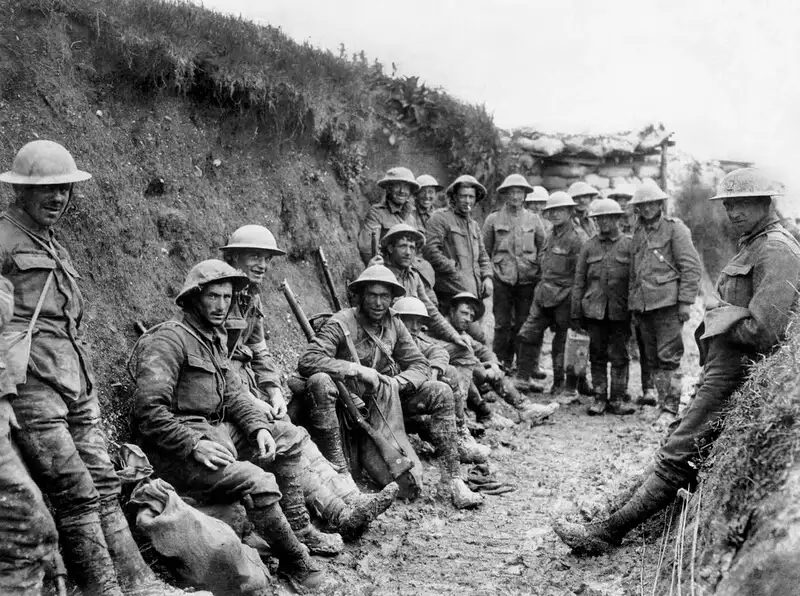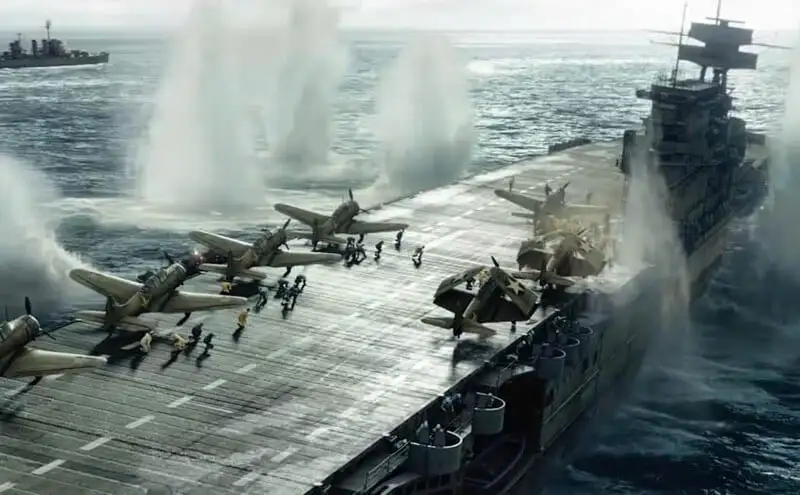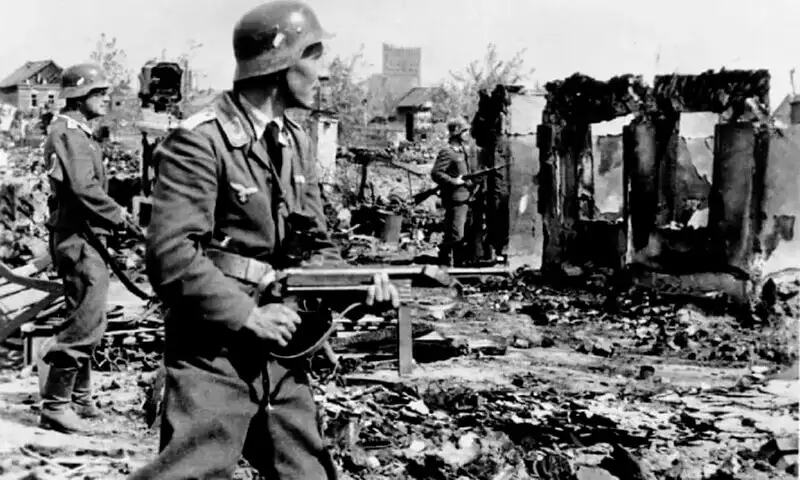The Battle of Eylau, also known as the Battle of Preussisch Eylau, Eylau Battle, Preussisch Eylau conflict, Battle of 1807, Eylau stalemate, or Napoleon’s Eylau, was a pivotal confrontation in the Napoleonic Wars during the War of the Fourth Coalition. Fought on February 7–8, 1807, this Eylau 1807 engagement pitted Napoleon Bonaparte’s Grande Armée against the Imperial Russian Army under Levin August von Bennigsen, with Prussian reinforcements led by Anton Wilhelm von L’Estocq. Conducted on a snowy battlefield in East Prussia, the battle exemplified winter warfare and 19th-century warfare, resulting in a bloody stalemate that marked one of Napoleon’s setbacks.
This article explores the timeline, locations, causes, course, casualties, and outcome of the Battle of Eylau, highlighting its significance in European military history.
Time and Date of the Battle
The Battle of Eylau took place on February 7–8, 1807, amid a brutal East Prussian winter. The initial skirmishes began on February 7, with the main engagement erupting on February 8, lasting from early morning until nightfall. This winter campaign followed Napoleon’s victories at Battle of Jena-Auerstedt (October 1806) and was part of the broader War of the Fourth Coalition, which aimed to curb French expansion. The battle’s timing, during a snowstorm, intensified its challenges, influencing French military strategy and Russian military tactics.
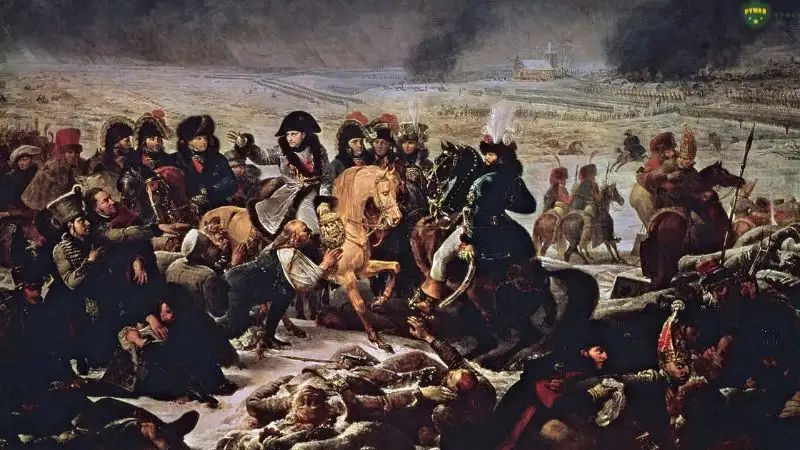
Location of the Battle
The Battle of Eylau occurred in East Prussia, near the town of Preussisch Eylau (now Bagrationovsk in Kaliningrad Oblast, Russia), approximately 23 miles south of Königsberg. The snowy battlefield featured open plains, frozen lakes, and small villages like Serpallen and Klein Sausgarten, complicating troop movements. The Landsberg River and surrounding hills provided defensive positions for the Imperial Russian Army, while the Grande Armée maneuvered across icy terrain. Its proximity to the Baltic coast underscored its strategic role in the East Prussian campaign, influencing later battles like the Battle of Friedland.
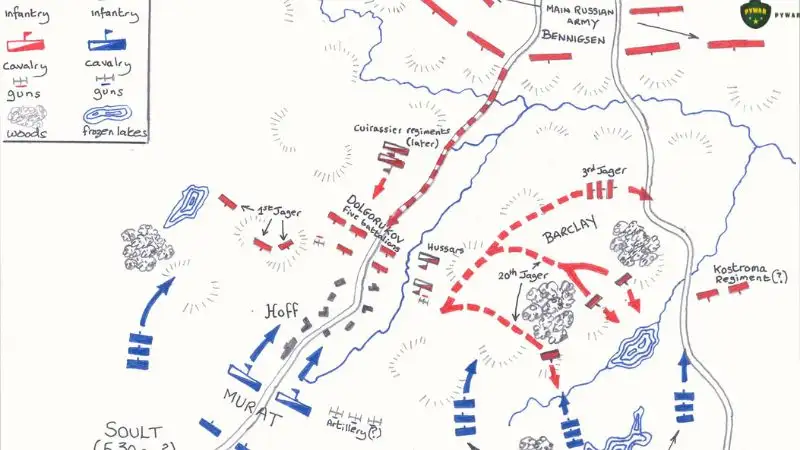
Causes of the Conflict
The Battle of Eylau emerged from escalating tensions in the Napoleonic Wars, driven by French-Russian conflict and Prussian reinforcements. Key causes include:
- War of the Fourth Coalition: Formed by Russia, Prussia, and Britain against France, this coalition sought to reverse Napoleon Bonaparte’s dominance after the Battle of Jena-Auerstedt, prompting a winter campaign in East Prussia.
- Napoleon’s East Prussian Campaign: After defeating Prussia, Napoleon pursued the retreating Imperial Russian Army to prevent a Russian-Prussian alliance, leading to a series of engagements culminating at Preussisch Eylau.
- Russian Retreat and Engagement: Levin August von Bennigsen, commanding the Russian forces, initially withdrew but chose to stand at Eylau to protect supply lines and await Prussian reinforcements under Anton Wilhelm von L’Estocq.
- Strategic Miscalculations: Napoleon’s aggressive pursuit and Bennigsen’s decision to fight in harsh winter warfare conditions set the stage for a costly confrontation, reflecting Napoleon’s cavalry charge ambitions.
- European Power Struggle: The War of the Fourth Coalition was part of a broader struggle for European military history dominance, with French military strategy clashing against Russian military tactics in a bid to control Eastern Europe.
These factors made the Battle of Eylau a critical test of Napoleon’s Grande Armée.
Course of the Battle
The Battle of Eylau was a grueling bloody Napoleon battle, marked by winter warfare challenges, Napoleon’s cavalry charge, and a desperate Russian retreat. It involved approximately 45,000 French troops initially, reinforced to 75,000, against 67,000 Russians and 9,000 Prussians, showcasing a clash of Grande Armée tactics and Russian artillery.
Phase 1: Initial Clashes and Snowstorm (February 7, 1807)
On February 7, advance units of the Grande Armée, including Marshal Davout’s corps, engaged Russian outposts near Preussisch Eylau. A snowstorm reduced visibility, forcing both sides to halt major operations. Levin August von Bennigsen positioned his forces in a defensive arc, anchoring on villages and deploying Russian artillery effectively. Napoleon, arriving late, ordered a night march to encircle the Russians, but the weather disrupted coordination.
Phase 2: Main Engagement and Cavalry Charge (February 8, 1807)
The battle resumed at dawn on February 8, with a blinding snowstorm enveloping the snowy battlefield. Napoleon Bonaparte launched an assault with Joachim Murat’s cavalry, leading 10,800 horsemen in a historic charge that broke Russian lines temporarily. However, Russian military tactics, including massed infantry squares and artillery fire, repelled the attack, inflicting heavy casualties. Marshal Davout’s flank attack from the south stabilized the French left, while Anton Wilhelm von L’Estocq’s Prussian reinforcements arrived to bolster the Russian right, evening the odds.
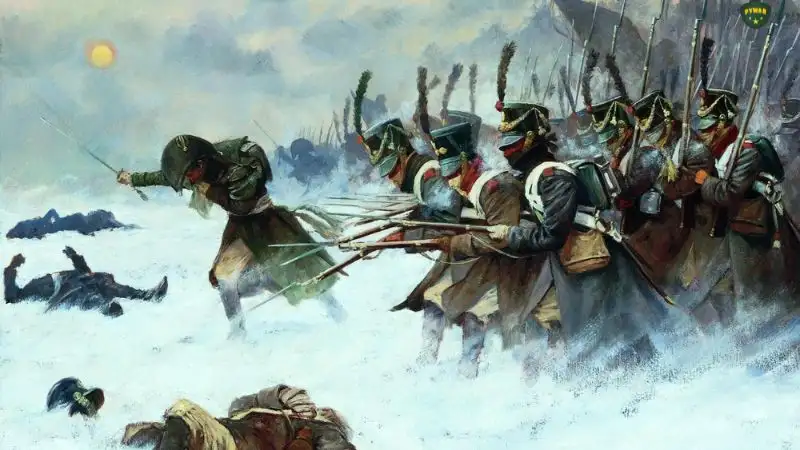
Phase 3: Stalemate and Withdrawal (Late February 8, 1807)
By afternoon, both sides were exhausted, with the bloody stalemate becoming evident. Russian artillery pounded French positions, while Grande Armée tactics struggled against the cold and Russian resilience. As night fell, Bennigsen ordered a Russian retreat to Landsberg, leaving the field to Napoleon but at a staggering cost. The French claimed victory, but the inconclusive outcome marked Napoleon’s first setback of significance.
Key Dynamics
The Grande Armée relied on French military strategy, including Murat’s cavalry and Davout’s flank attack, but the winter warfare conditions neutralized their mobility. The Imperial Russian Army used defensive Russian military tactics and Prussian reinforcements to hold their ground, though the retreat highlighted logistical strain. The snowstorm played a decisive role, turning the battle into a bloody Napoleon battle.
Casualties
The Battle of Eylau was one of the deadliest of the Napoleonic Wars, with estimates from historical records:
- Grande Armée: Approximately 15,000–25,000 killed, wounded, or missing, with heavy losses among Joachim Murat’s cavalry and Marshal Davout’s corps due to the snowstorm and artillery.
- Imperial Russian Army and Prussian Army: Around 15,000–18,000 casualties, including significant losses from French artillery and the failed cavalry charge, though exact figures vary.
- Civilians: Minimal direct casualties, but the local population suffered from the destruction of Preussisch Eylau.
The high toll reflected the intensity of Eylau 1807, shaping European military history narratives.
Who Won the Battle of Eylau?
The Battle of Eylau resulted in a tactical victory for Napoleon Bonaparte’s Grande Armée, as the Imperial Russian Army under Levin August von Bennigsen withdrew on February 8, 1807. However, the Eylau stalemate was far from decisive, with both sides suffering catastrophic losses and failing to achieve strategic goals. Napoleon retained control of the snowy battlefield, but the bloody stalemate weakened his aura of invincibility, paving the way for the Battle of Friedland and the eventual War of the Fourth Coalition conclusion. The Prussian reinforcements and Russian resilience ensured the battle’s legacy as Napoleon’s first setback.
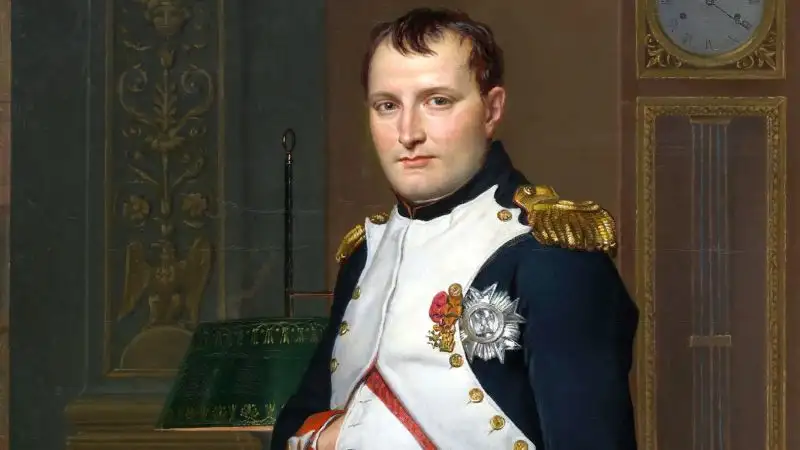
Conclusion
The Battle of Eylau (February 7–8, 1807) near Preussisch Eylau in East Prussia was a defining Napoleonic Wars engagement, marking a bloody stalemate in the War of the Fourth Coalition. Led by Napoleon Bonaparte, the Grande Armée clashed with Levin August von Bennigsen’s Imperial Russian Army and Anton Wilhelm von L’Estocq’s Prussian reinforcements on a snowy battlefield, showcasing winter warfare and 19th-century warfare.
Despite Joachim Murat’s cavalry charge and Marshal Davout’s flank attack, the Eylau 1807 battle ended in a costly draw, with 15,000–25,000 French and 15,000–18,000 Russian-Prussian casualties. This Napoleon’s setback highlighted the limits of French military strategy against Russian military tactics, influencing European military history and setting the stage for the Battle of Friedland. The Preussisch Eylau conflict remains a testament to the brutal realities of Napoleon’s Grande Armée campaigns.
Sources: Chandler, The Campaigns of Napoleon; Esposito and Elting, A Military History and Atlas of the Napoleonic Wars; Leggiere, Napoleon and Berlin; Smith, The Greenhill Napoleonic Wars Data Book; Russian State Military Archives


